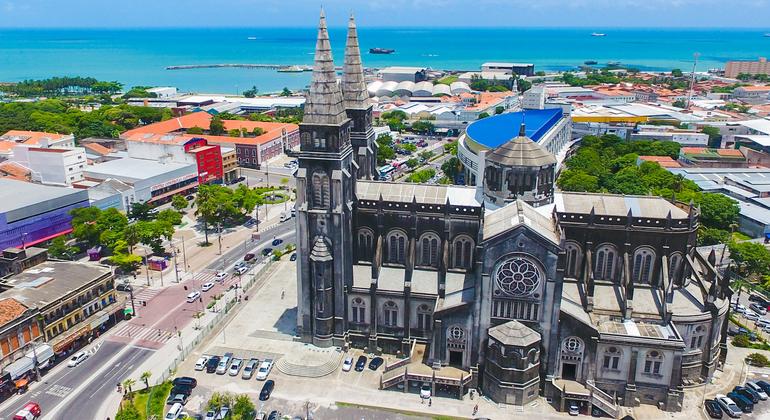The warning came as the WHO reported more than five million dengue infections and 5,000 deaths from the disease worldwide this year.
Briefing journalists at the UN in Geneva, Dr Diana Rojas Álvarez, leader of the WHO arbovirus team, said the threat required “the maximum attention and response at all levels” of the UN health agency to help countries control the current outbreaks. of dengue and prepare for the next dengue season.
Increase in infection due to global warming
Dengue is the most common viral infection transmitted to humans through the bites of infected mosquitoes. It is mainly found in urban areas within tropical and subtropical climates.
The increase in the number of reported cases of dengue in more countries is explained by the fact that infected mosquitoes are now thriving in more countries due to global warming associated with increased emissions.
“Climate change has an impact on dengue transmission because it increases precipitation, humidity and temperature,” said Dr. Álvarez. “These mosquitoes are very sensitive to temperature.”
Although four billion people are at risk of contracting dengue, the majority of those infected have no symptoms and typically recover within one to two weeks.
A health worker fumigates a house in Guayaramerín, Bolivia, to protect against mosquito-borne diseases.
impact tactics
However, according to the WHO, severe dengue infections are characterized by shock, severe bleeding, or severe organ damage.
He also noted that these dangerous symptoms often begin “after the fever has gone,” catching caregivers and medical professionals off guard. Warning signs to watch for include severe abdominal pain, persistent vomiting, bleeding gums, fluid buildup, lethargy, restlessness, and an enlarged liver.
As there is no specific treatment for dengue, early detection and access to appropriate medical care are crucial to reducing the chance of dying from severe dengue.
“Since the beginning of this year, more than five million cases and around 5,000 deaths from dengue have been reported worldwide and about 80 percent of those cases have been reported in the Americas, followed by Southeast Asia and the Western Pacific,” reported Dr. Álvarez.
He added: “It is also worrying that dengue outbreaks are occurring in fragile and conflict-affected countries in the Eastern Mediterranean region, such as Afghanistan, Pakistan, Sudan, Somalia and Yemen.
The global prevalence of mosquitoes has changed in recent years due to the 2023 El Niño phenomenon, which accentuated the effects of global warming temperatures and climate change, the WHO said.
At home and away
Both factors are associated with the fact that previously dengue-free countries, such as France, Italy and Spain, have reported cases of infections that originated in the country (so-called indigenous transmission) and not abroad. The vector of the disease is Aedes aegypti Mosquito, which is widely distributed in Europe and also more commonly known as the “tiger mosquito.”
“Usually, Europe reports imported cases from the Americas, from the Western Pacific, from endemic regions,” said Dr. Álvarez. “But this year we saw limited clusters of indigenous transmission. As we know, summers are getting hotter.”












